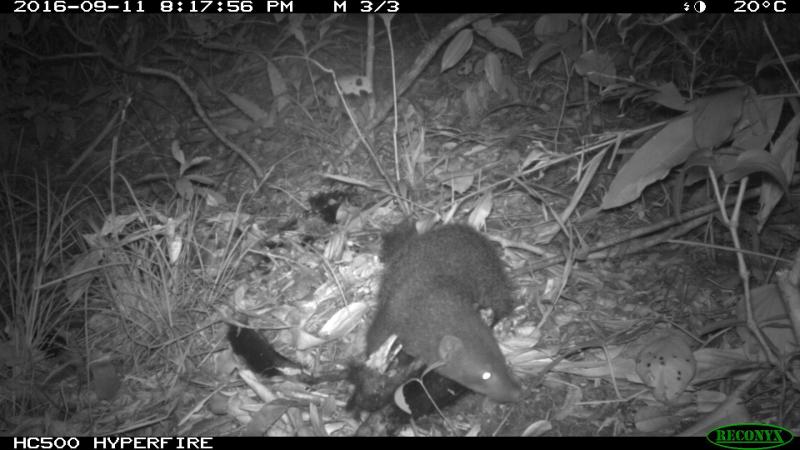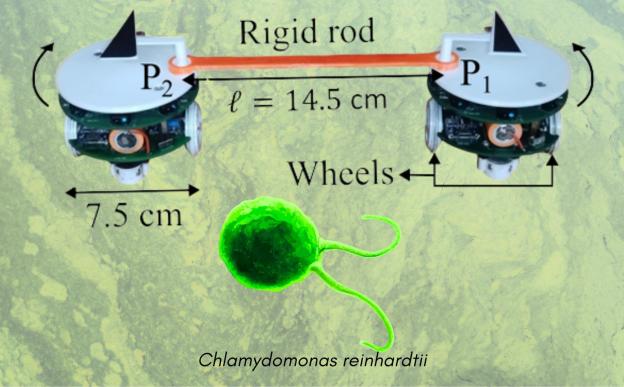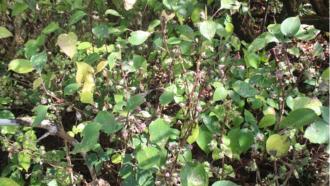
In 2016, Vignesh Kamath, a field ecologist, was studying frogs in the Kalakad Mundanthurai Tiger Reserve (KMTR) in Tamil Nadu. One day, he accidentally noticed a partially eaten carcass of a Nilgiri langur amidst the forest. Curious, Mr Kamath wanted to know which animal killed it.
"I set up a camera trap in front of it, hoping the predator will return to feed on the carcass," he recollects.
Many small mammals did come to the carcass to scavenge on it, and one particular visitor captured all his attention—the Brown mongoose (Herpestes fuscus).
The Brown mongoose is an endemic small mammal found only in the Western Ghats – Sri Lankan biodiversity hotspot. They are an understudied species which are so rarely seen that even their population estimates across their distribution range are poorly known. However, due to more regular sightings and more camera trap observations in recent times, their status is now downlisted from 'Vulnerable' to 'Least Concern' by the International Union for Conservation of Nature (IUCN). Yet, there is very little information on their ecology, behaviour and the threats they face and there is much more to be understood about this species.
In a recent study, Mr Kamath, now a researcher at Gubbi Labs, Bengaluru, along with Dr Seshadri KS, a researcher at The Madras Crocodile Bank Trust and Centre for Herpetology, Tamil Nadu, has reported the feeding behaviour of Brown mongoose. Though accidental, the study adds knowledge about some previously unknown behavioural aspects of these elusive mongooses. It is published in the Journal of Threatened Taxa.
The researchers observed the foraging behaviour of the Brown mongoose on three different occasions using camera traps and manual observations.
"Camera traps are handy in research, especially while studying elusive or rare species. They give researchers small insights into the lives of these animals, which could help shed light on their population, distribution and behaviour," says Mr Kamath.
The study reports four different behavioural aspects during the scavenging of the langur carcass—feeding, vigilance, walking and grooming—all based on accurate camera trap images from multiple nights. On a second occasion, using manual observations with binoculars and video cameras, the researchers documented the foraging behaviour of a pair of Brown Mongooses emerging out from dense vegetation alongside the roads inside the reserve. When they examined the area after the mongooses were gone, they found that the mongooses had dug and scraped into the mud, probably searching for invertebrates in the area. In yet another encounter, a solitary Brown mongoose was found feeding in one of the household garbage dumps.
Besides the feeding behaviour, the researchers also documented a roadkill inside the reserve, which had the carcass of a Brown mongoose. In spite of the reserve being a protected area with limited vehicular movement, incidents like the one observed are detrimental to the rare wildlife here, say the researchers.
"For roadkills, a nighttime traffic ban is essential. Even low-density vehicle movements cause road mortality, and the effects are more for smaller sized animals like frogs," says Dr Seshadri. Barriers like roads are known to fragment natural habitats and alter the movement of animals. "Hence, we ought to limit such roads, railway and power lines in natural landscapes and inside protected areas," he suggests.
The study demonstrates how ecological curiosity and collective observations from field biologists can provide valuable insights about an otherwise rare and least explored animal in the Western Ghats. Natural history information is the basis of revisiting the conservation status of most wildlife in India, and such studies play a crucial role in this regard.
"Many gaps exist in our knowledge of the ecology and behaviour of different species in our country, especially of those that are not as charismatic as larger carnivores. A better understanding of the ecology and distribution of lesser-known species could help in their conservation," signs off Mr Kamath.
This article has been run past the researchers, whose work is covered, to ensure accuracy.

























